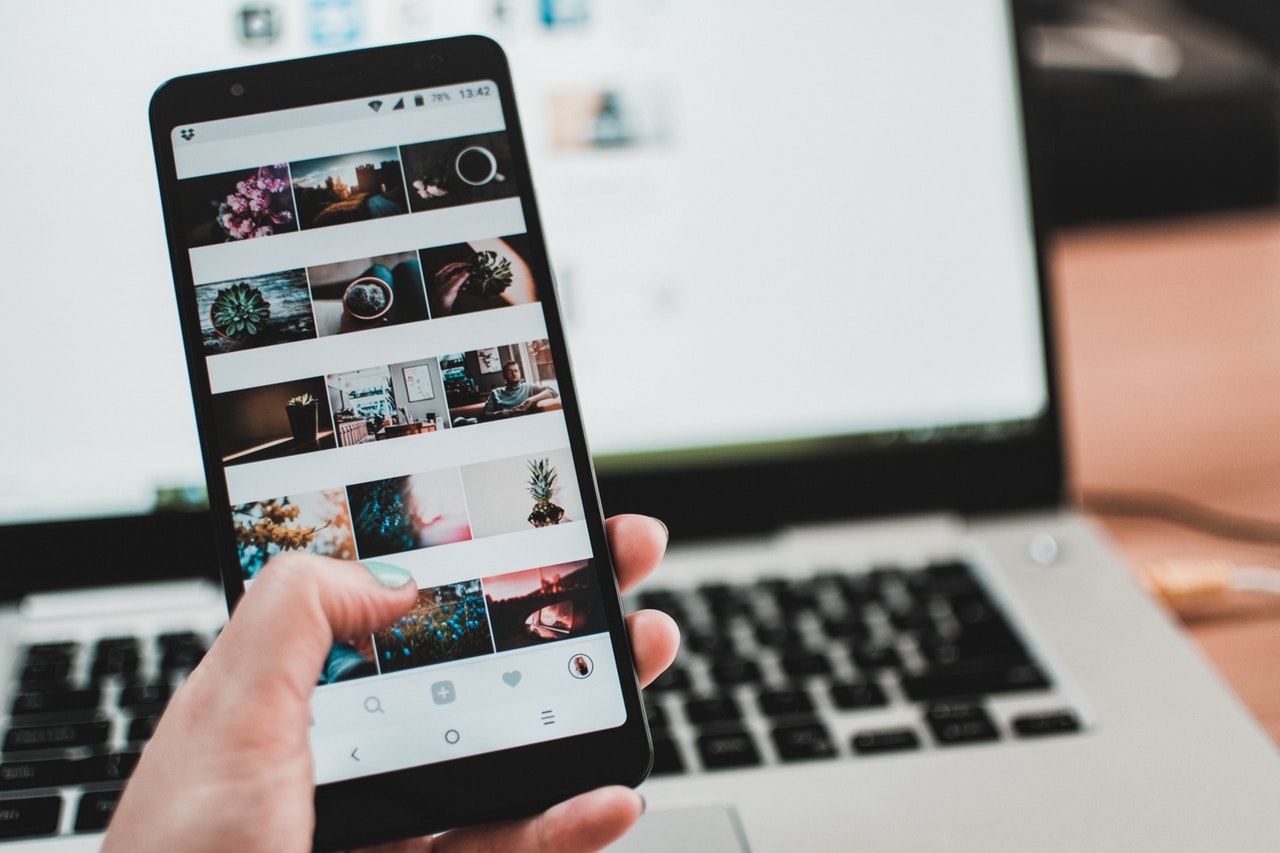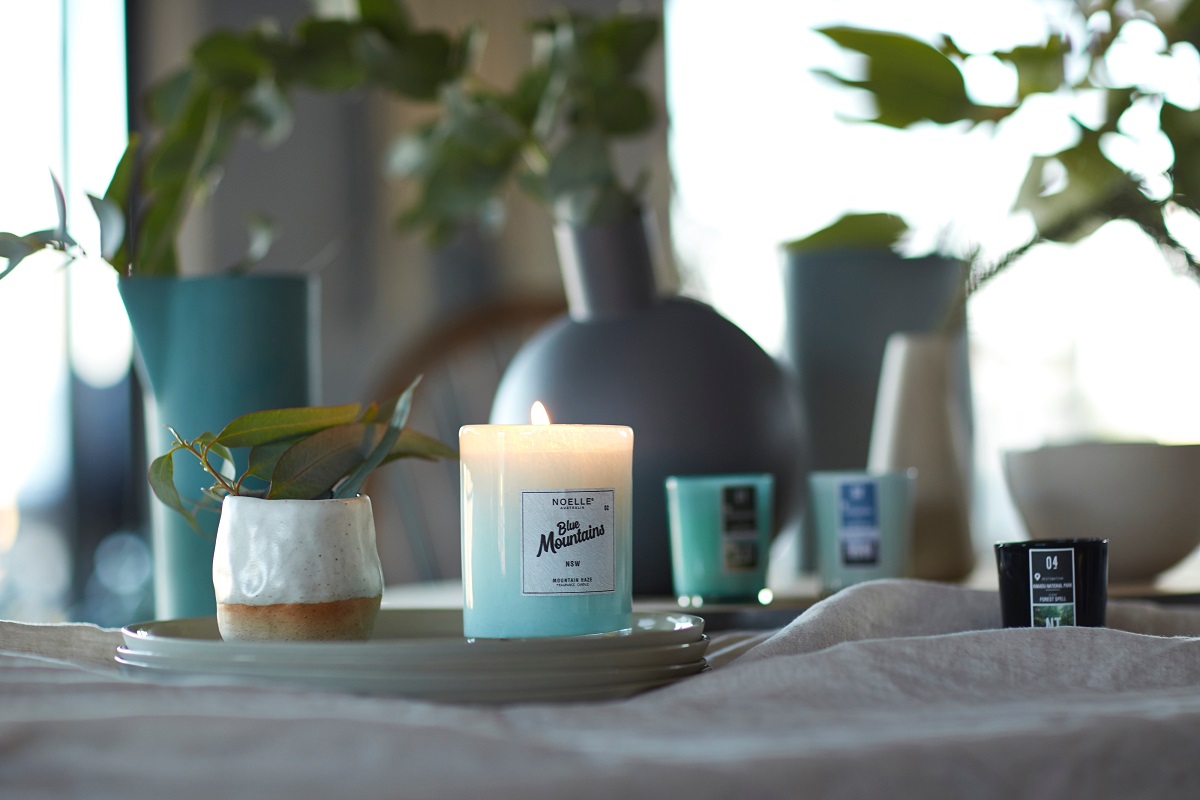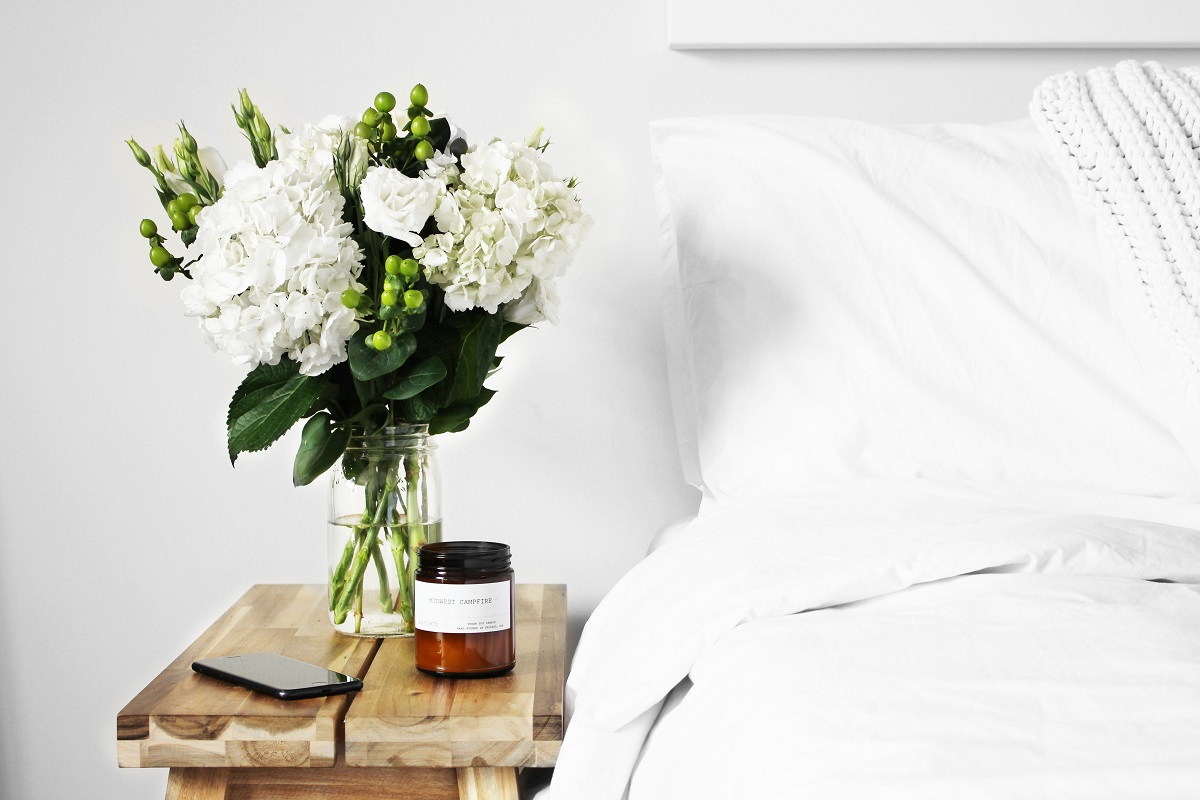What is Digital Wellbeing? How to Make it Work for You
Technology has become the centre of everything in our world and is an integral part of all of our daily lives. Although technology is a great tool and has made life easier in many ways, it can sometimes distract us from the things that truly matter. This is where the notion of ‘Digital Wellbeing’ steps in to bring our attention back to the important matters in our life.
What is Digital Wellbeing?
Digital wellbeing is a term used to describe using technology in a healthy and beneficial way, such as helping people find a better balance between their digital and real worlds. The belief behind digital wellbeing is that technology should improve life, not distract from it, and help create a healthier lifestyle overall.
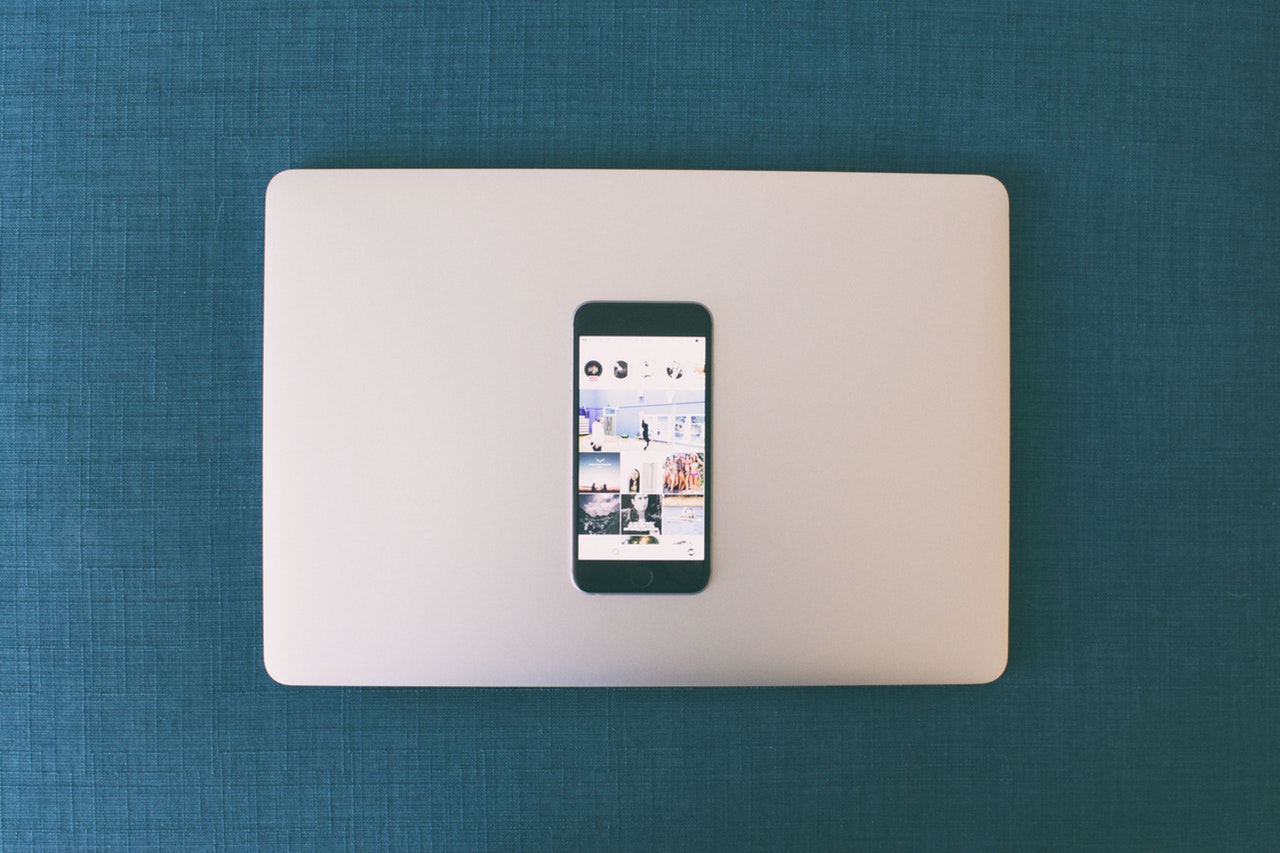
How can Digital Wellbeing Work for Me?
In response to the increasing public concern over the amount of time we spend on our digital devices, companies are beginning to bring out features that make our phones less disruptive by allowing us to have the ability to easily turn off unwanted notifications and monitor the time that we spend looking at the screen. In addition to these features, companies have created new apps that help implement and track digital wellbeing. These apps help the user:
- Limit screen time. With these new wellbeing apps, you can set yourself a certain number of minutes or hours that you will allow your future self to access your phone, or even just certain apps, over the course of a day or week.
- End the addictive scrolling. Social media apps such as Instagram, Facebook and Twitter have adverse effects on our mental health and the endless scroll feature that they have utilised has been attributed to internet addiction. An addiction which has been correlated with high levels of anxiety, depression, poor time management and ADHD. However, apps such as Anchor help prevent that through an imaginative programme. The further you scroll, the deeper you dive, and your screen will slowly turn dark blue and fishes will begin to swim along until you hit rock bottom.
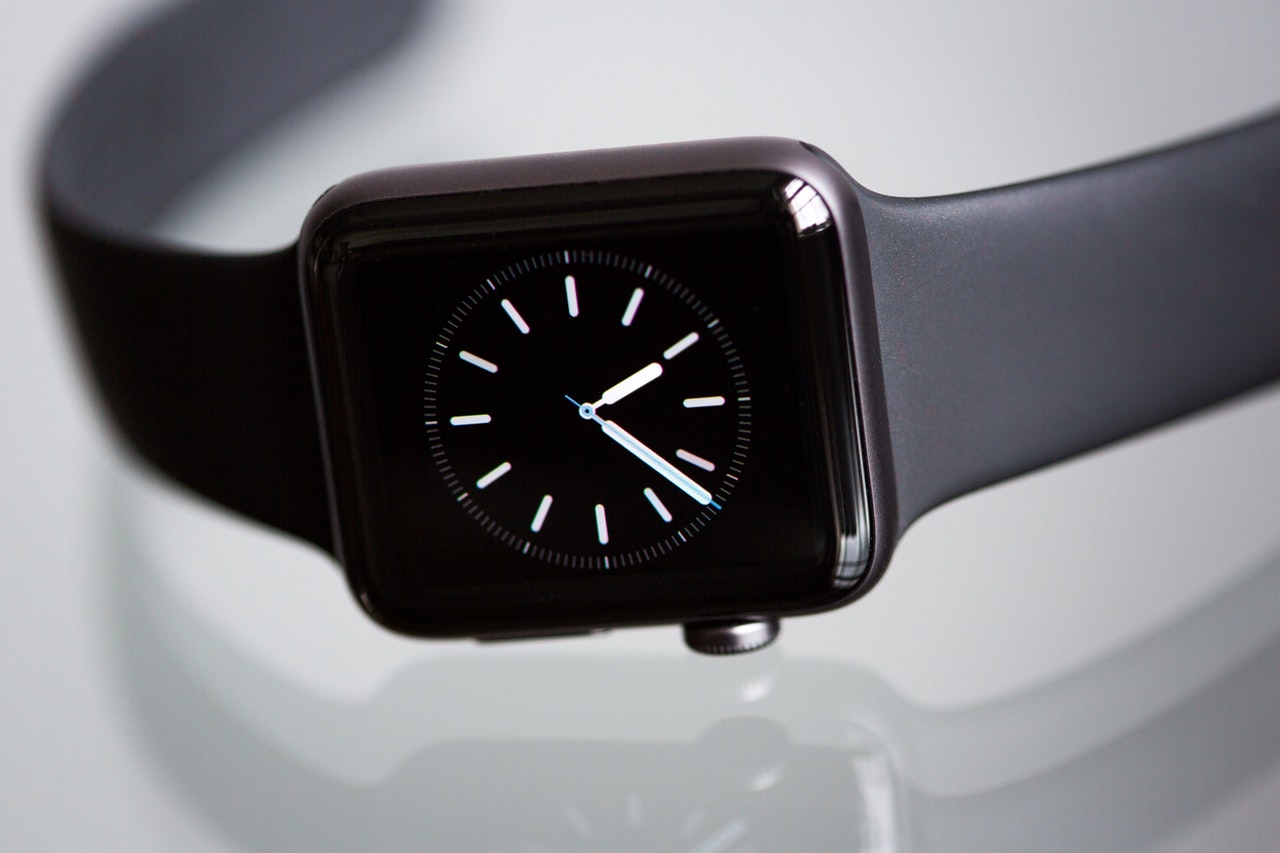
- Reduce eye strain. Many phones and tablets now have the option of using a blue light filter which helps reduce the strain that blue light from your devices can cause.
- Be aware of how much time you spend on the screen. Many phones now allow you to have your home screen as a sort of stopwatch that monitors how long you spend on your phone. So, each time you unlock your phone, the number creeps up. This can be particularly alarming and may help you find a balance if you know exactly how unhealthy (or maybe healthy) your phone habits are.
- Increase emphasis on physical activity and nutrition. Many technological devices have been developed to help devices users bring up fitness levels, track heart rate, report daily step count and monitor diet.

- Stop being bombarded with notifications. It has been proven that push notifications always interrupt your chain of thought which can ruin productivity and even cause anxiety. But there are a few ways you can stop them. One option is to keep your phone on a ‘do not disturb’ mode with Postbox which will stop the notifications until you choose to access them. Another is by turning your phone into a Paper Phone, which may be one of the most extreme ways, or by using the app Desert Island which not only halts notifications but makes your screen so much simpler and easier to digest.
- Realise how many times you open your phone. It may come as a surprise to us to know exactly how many times we actually unlock our phones each day. If this is a concern for you, then the tool Unlock Clock will keep an eye on exactly how many times you unlock your screen and it will be displayed live on your home screen. This reminder will help you consider your tech use.
- Support healthy sleep patterns. This is especially for those mobile phone users that bring devices with them to bed. To help support your sleep, you can set your devices to turn off certain features at bedtime or change the screen contrast or switch to grayscale.
Why not try experimenting with some of these digital wellbeing features on your devices? Or even if they’re not available on your smartphone, tablet or laptop, maybe you could simply incorporate their ideas into your own relationship with technology. Let us know if you’ve tried out any of these digital wellbeing solutions and whether any of them have worked for you.


